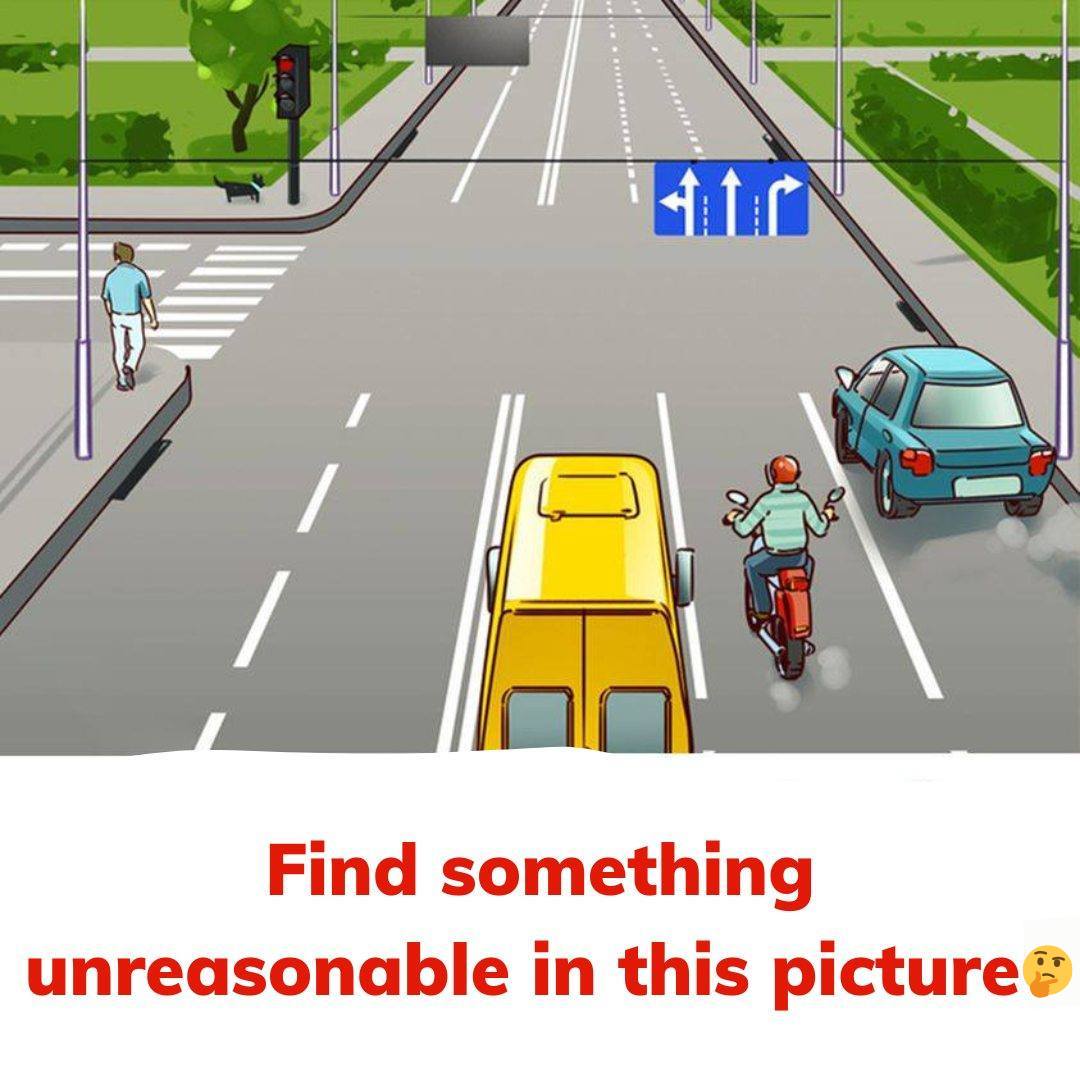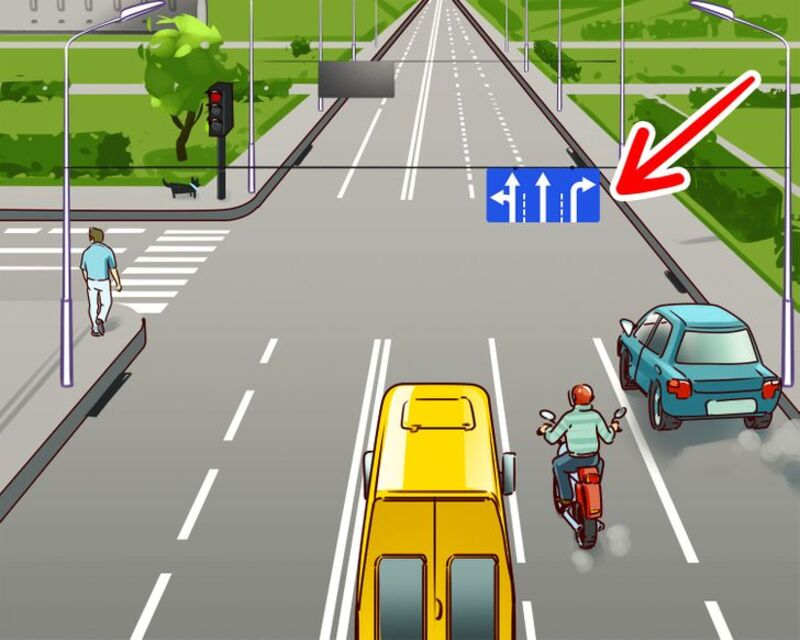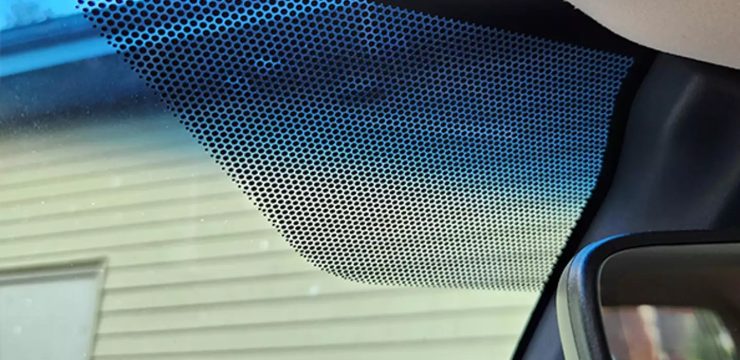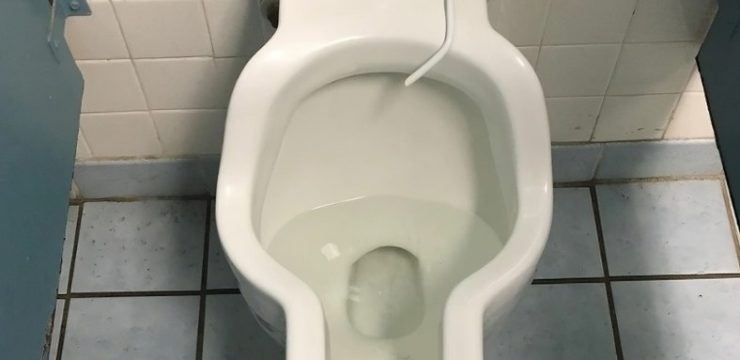Do you think you have an eye for detail? This picture puzzle invites you to closely examine a seemingly typical street scene and discover a hidden error. At first glance, everything appears perfectly normal: a street with a few vehicles, traffic signs, and pedestrians. But something doesn’t add up here. Can you spot the mistake that’s hiding in plain sight?

Why Spot-the-Difference Puzzles Are So Enjoyable
Spot-the-difference puzzles are perfect for improving attention to detail. They push you to look beyond the obvious and notice subtle inconsistencies that others might overlook. These puzzles can be surprisingly tricky, as even the smallest misalignments or hidden anomalies can hold the key. What makes these challenges engaging is how they test your ability to focus and analyze.
In this particular puzzle, many might initially miss the error because the scene appears logical and coherent at first glance. However, like most visual puzzles, the secret lies in the finer details. Let’s break down the image to uncover what’s truly wrong in this everyday street scene.
Common Mistakes People Make with Visual Puzzles
Before diving into the solution, let’s consider a few common pitfalls people encounter when tackling visual puzzles:
- Focusing Only on Main Elements: People often concentrate on obvious elements, like vehicles or pedestrians, instead of taking in the entire scene for subtle clues.
- Overlooking Background Details: Key information is often hidden in the background. Road signs, lane markings, and other small features can hold essential clues.
- Making Logical Assumptions: Our brains often fill in gaps based on what we expect to see. For example, if there’s a right-turn sign, we assume there’s a road to turn onto. These assumptions can be misleading in puzzles.
With these insights in mind, let’s analyze the picture step-by-step.
Step-by-Step Guide to Solving the Puzzle
Step 1: Examine the Road Markings
Start by carefully looking at the road markings. The street features three lanes, each marked with arrows indicating the permitted directions: one for left turns, one for going straight, and one for right turns. The rightmost lane has an arrow pointing to the right, suggesting it is intended for vehicles making a right turn.
Now, look closely at where this right-turn arrow points. Is there actually a road or lane for vehicles to turn into?
Step 2: Analyze the Traffic Sign
Above the lanes, there is a traffic sign indicating the directions allowed for each lane. The sign suggests that vehicles in the right lane are allowed to turn right. But when you follow the direction indicated by this arrow, you’ll notice something peculiar: it leads straight to a curb and a patch of greenery. There is no actual road to the right.
This is a significant inconsistency, as the sign implies that the right-turn lane should have a corresponding exit.
Step 3: Look for Contradictions
To confirm your observations, compare the overall road layout with the traffic sign. The left and center lanes seem consistent with both the markings and the road’s layout, but the right-turn lane is misleading. While the sign indicates that drivers can make a right turn, the actual road layout does not support this.
Step 4: Identify the Mistake
The mistake in this puzzle is the misleading right-turn sign. It suggests that vehicles can turn right, but there is no road or lane in that direction. This error could confuse drivers, as they would expect a lane to follow the arrow, only to encounter a curb instead.
Explanation of the Solution
The solution to this puzzle lies in the discrepancy between the sign and the road itself. The sign indicates a right turn, but there is no corresponding lane, making the sign both inaccurate and impractical. This small but crucial detail is the hidden error in the scene. Visual puzzles often use such subtle tricks to test your observational skills, challenging you to question what you see.
Why This Puzzle is a Great Brain Workout
Puzzles like this aren’t just for fun—they help improve attention to detail, critical thinking, and problem-solving abilities. By analyzing each element of a scene, you train your mind to identify patterns, spot inconsistencies, and question assumptions. Each time you solve one of these puzzles, you enhance your ability to observe and interpret details in your environment.

Conclusion: Embrace the Fun of Spotting What Others Miss
Did you manage to find the error right away, or did it take a second look? Either way, puzzles like these are a fun and effective way to practice your observation skills. The real joy lies in the discovery process and in seeing things from a new perspective.
So, the next time you encounter a visual puzzle, take a deep breath, look closely, and enjoy the hunt for hidden details. Don’t forget to share this puzzle with friends and family—it’s a great way to challenge their observation skills, too. You might even spark some friendly competition as everyone tries to spot what’s wrong with the picture. Happy puzzling





